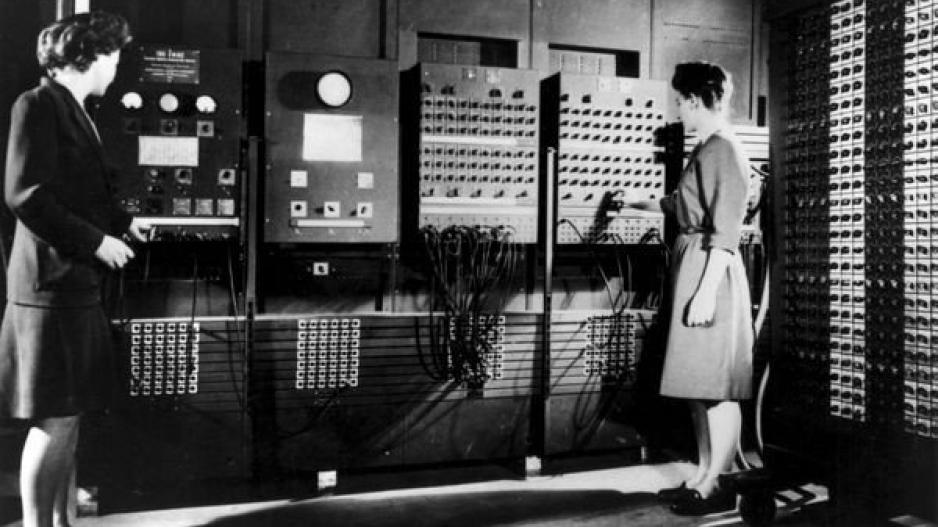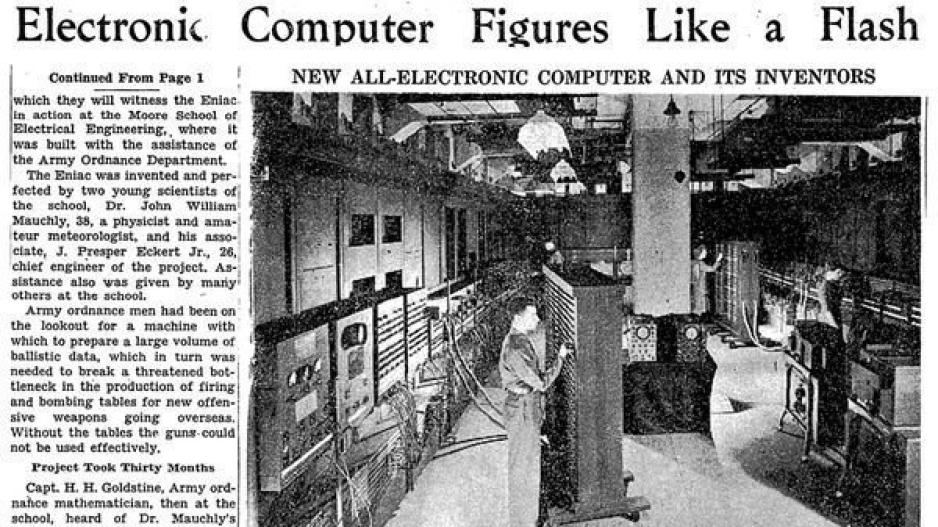The Forgotten Programmers: Women's Crucial Role in the Birth of Computing
The Untold Tale of the Women Behind ENIAC
The Electronic Numerical Integrator and Computer (ENIAC) holds an esteemed place in the annals of computing history as the first programmable, electronic, general-purpose digital computer in the United States. The construction of this technological marvel, initiated by John Mauchly and J. Presper Eckert, commenced in June 1943 with the support of the US War Department and reached completion in December 1945. While much attention has been paid to the male inventors of the ENIAC, the crucial contributions of a group of female programmers have only recently been brought to light, thanks to dedicated historical reconstructions.
Kathy Kleiman, an influential figure in the rediscovery of this hidden narrative, stumbled upon a photograph from 1946 featuring the ENIAC, flanked by two men whose identities were known, and a group of women who, until her intervention, remained unrecognized, mistakenly believed to be mere models. Determined to unearth the truth, Kleiman embarked on a quest to identify these women, a journey that would illuminate a stark oversight in the recording of computing history.

The true story of the ENIAC is incomplete without recognizing the formidable group of women who played a pivotal role in its operation and programming. Among them were Betty Jean Jennings, Marlyn Wescoff, Ruth Lichterman, Betty Snyder, and Kay McNulty. These women, each bringing their diverse backgrounds and formidable intellects, converged on the ENIAC project by a twist of fate and necessity during World War II.
Despite facing significant challenges and discrimination, including inadequate training opportunities and the disparity in civil service rankings, which placed them below their male counterparts, these women exhibited remarkable ingenuity and resilience. They were entrusted with the daunting task of programming a machine that was a prototype, its blueprint evolving in real-time. Their pioneering work included the development of programming techniques that would lay the groundwork for future software engineering principles, such as subroutines and modular programming.
The ENIAC's grand public unveiling in 1946 was a moment of triumph for technology. Yet, the female programmers who had been instrumental in its success were overshadowed and their stories obscured by the passage of time. The contributions of these women lingered in obscurity until Kleiman's relentless research and advocacy brought their achievements to light.
Through her book "Proving Ground" and the establishment of the ENIAC Programmers Project, Kleiman has worked tirelessly to ensure that the legacy of these women is recorded and honored. The narrative of the ENIAC is now more complete and representative of the diverse group of individuals who contributed to its success.

As history is re-examined and revised, the tale of the ENIAC's female programmers is a powerful reminder of the often-overlooked contributions of women in the field of computing. Their story is not only a testament to their individual talents and determination but also a call to recognize the broader societal challenges that often place women in the shadows of technological advancement and innovation. These pioneers of programming, once lost to history, now rightfully take their place among the pantheon of individuals who have shaped the world of computing.
The full narrative unfolds in the latest episode of the podcase "Breaking the 20%" hosted bby Elena Georgiou Strouthos and alongside guest expert Stavriana Nathanael. You can listen to the podcast here.






